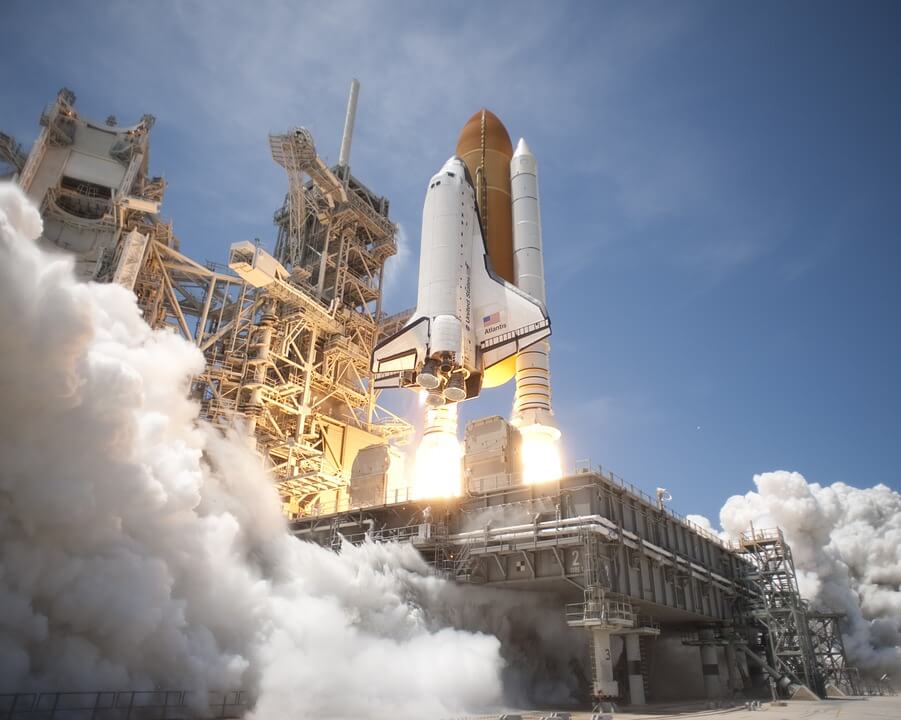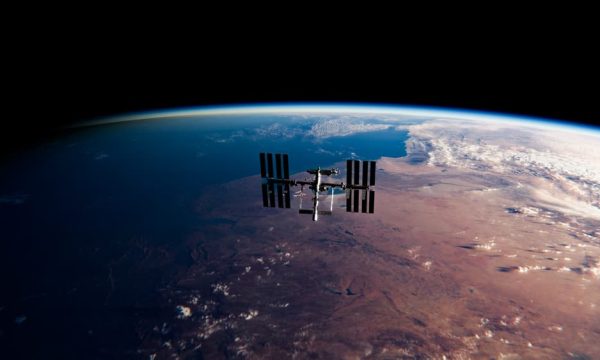FALCON POWERS – Since the earliest beginnings of human imagination about space travel, there has been a pressing need to understand the time required to reach this new and exciting dimension. Space travel poses an enormous engineering and technological challenge, requiring the use of advanced technology and spacecraft to achieve this goal.
In reality, there is no clear and fixed answer about the duration of travel from Earth to space, as it depends on many different factors, including the type of spacecraft used, the trajectory of the journey, its speed, and the destination. However, we can review some examples of the expected travel times to reach space:

Travel to the International Space Station (ISS):
Travel to the International Space Station (ISS) takes 6 to 7 hours when using spacecraft like the Russian Soyuz or commercial space vehicles like SpaceX’s Dragon.
The spacecraft is launched from a launch base on Earth and undergoes an ascent flight that goes beyond the Earth’s atmosphere until it reaches an orbit around the Earth where it docks with the International Space Station.
Deep space missions:
For deep space missions, such as travel to the Moon or Mars, the required travel time varies greatly depending on the distance, the type of spacecraft, its speed, and the nature of the mission. A trip to the Moon can take around 3 days using a spacecraft like the Apollo used in the American Apollo space program. As for Mars, the journey can take 6 to 9 months using the current technology used in crewed space missions.
Despite the continuous technological advancements in the space field, space travel still requires a long time and precise preparations. With the development of technology and progress in space research, these travel times may be reduced in the future, and we may witness exciting developments that allow for faster and more efficient space journeys.


